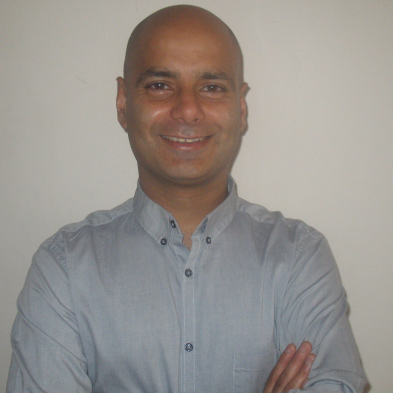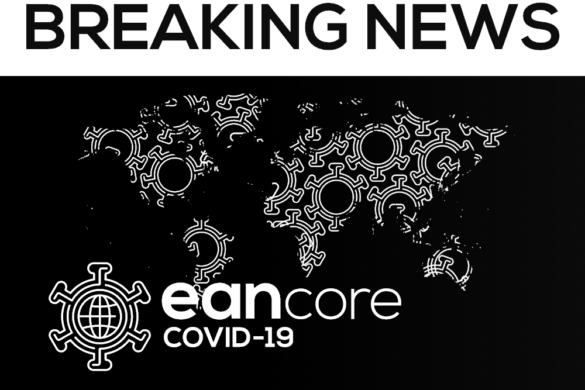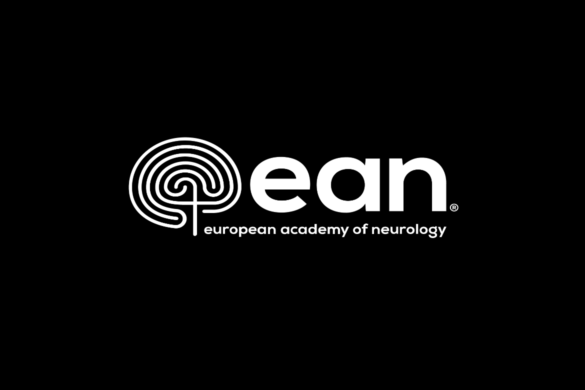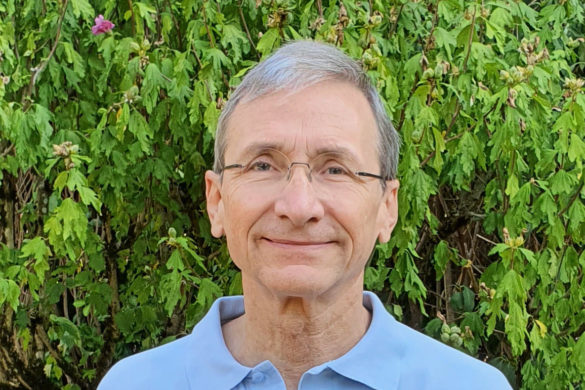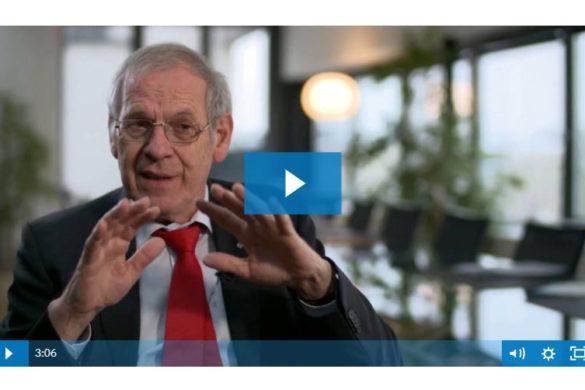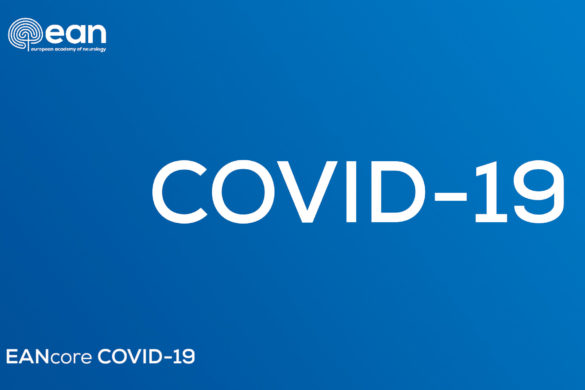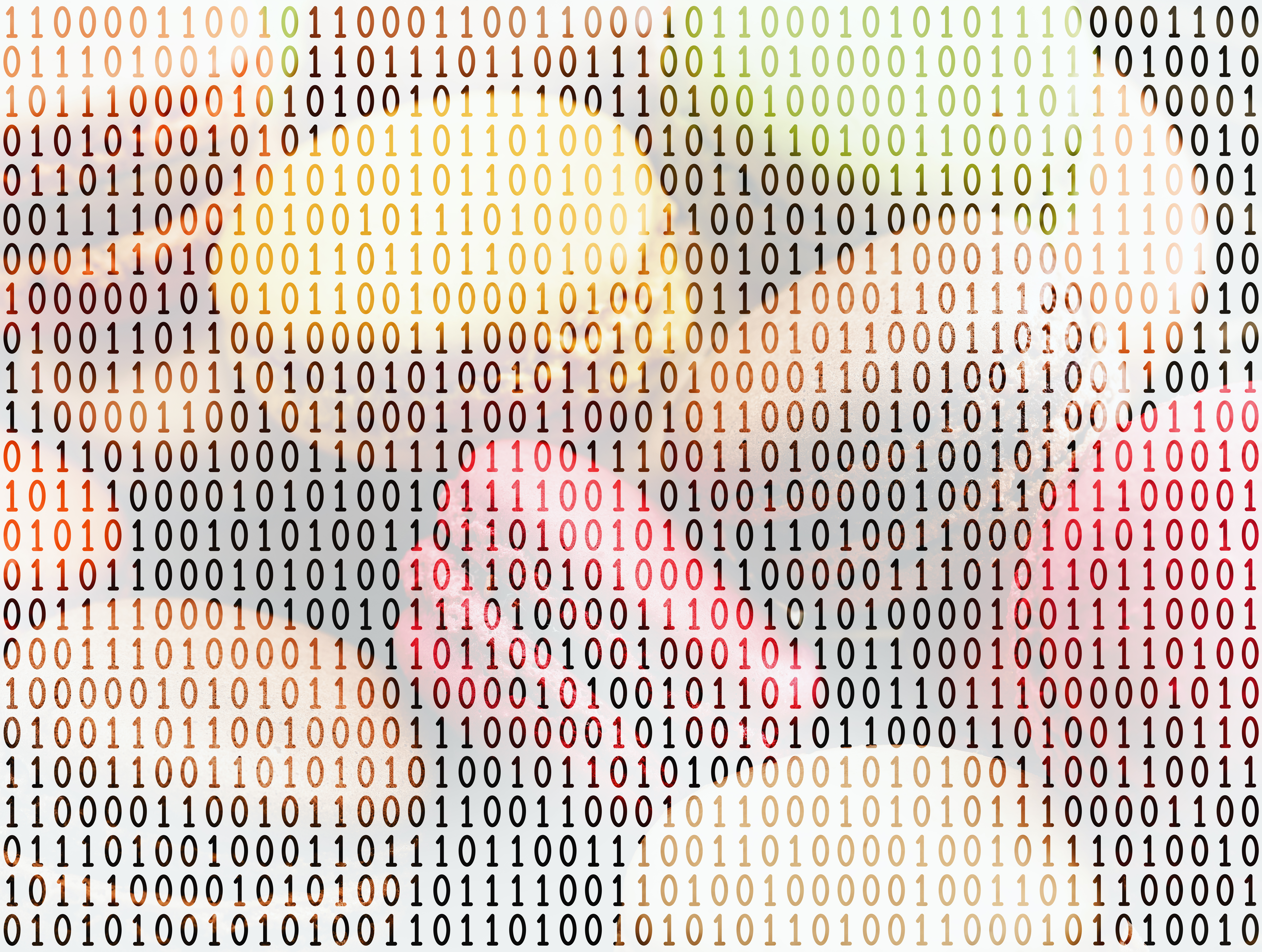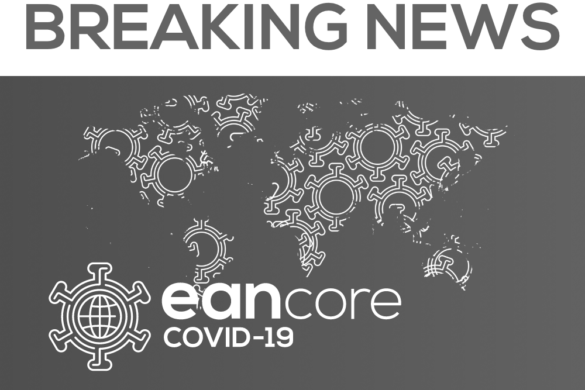Prof. Sameer Zuberi
President of the European Paediatric Neurology Society – EPNS
www.epns.info
Prof. David B. Vodušek (DVB): Dear Prof. Zuberi I congratulate you with your new position as President of the EPNS. EAN addresses clinical neurology and needs to broaden its spectrum also towards clinical neuro-pediatrics.
Kindly introduce the EPNS and its work to the readers of the EAN Pages
Prof. Sameer Zuberi (SZ): Thank you. It is a special honour and a privilege for me to be elected as President of the EPNS. Our outgoing President, Lieven Lagae, deserves an enormous thank you from all of us— for guiding the society so ably. He has been a great role model, and his shoes will be impossible to fill. Luckily, for all of us, Lieven will continue to serve as a member of the EPNS Board and I am especially grateful that I will be able to rely on his wise counsel during my term.
The European Paediatric Neurology Society (EPNS) is a society for physicians committed to improving standards of care for children with neurological problems. With more than 1,300 members, it is a growing and thriving society and one of the largest groups of pediatric neurologists around the world, playing an important role by promoting training, clinical care and scientific research in this field.
With my newly elected board, we are engaged in strategic planning to continue the excellent achievements of the society and develop new ideas. Our new committees are excited by the prospect of taking a fresh look at how the Society can fulfil its goals and I embrace wholeheartedly the opportunity to serve this vibrant organisation.
The EPNS relates closely to all national European pediatric neurology societies, with a wide geographic representation on our board. When a country is not represented on our elected board, we have the opportunity to identify gaps and co-opt members. We keep multiple means of communication open to support members throughout Europe.
We organize a major biannual international congress (Athens 2019, Glasgow 2021), annual teaching courses, and research meetings focused on trainees. Trainees are actively encouraged to join the EPNS and with an annual subscription of only 20 Euros, they have access to the European Journal of Paediatric Neurology, teaching courses, reduced registration to meetings and the chance to apply for scientific and research EPNS Fellowships. The Fellowships allow a trainee, through financial support and mentoring, to spend a period of up to 3 months in a European centre gaining experience in a focused area of pediatric neurology not available in their own country.
DBV: Due to the ageing European population, neurology often is linked to the care for the adult and the elderly and the “transition of care” between pediatric and adult neurology services is often overlooked or not well organized. How would you and EPNS address this very important issue?
SZ: Yes, here at the EPNS we agree that this is a very important issue. Indeed, the prognosis and outcome of neurological diseases in children, as well as transition to adolescence and adulthood represent important challenges for the family, the patients and the healthcare professionals. In fact, our EPNS Congress that was held in Lyon last year had the main theme ‘the Lifelong course of diseases of the child’s nervous system’. It is critical that the transition of care from child neurologist to adult neurologist is handled with mutual understanding. At the EPNS Congress in Athens in 2019, we will be asking colleagues working in European Reference Networks for Rare Diseases to describe their experience of transition in several subspecialty areas.
DBV: Most of EAN’s Scientific Panels (SP) address a specific issue. “Child Neurology” is not a disorder nor disease but the discipline covering ALL neurological disorders in children. How do you see the interaction of EPNS with EAN and its structure of SPs?
SZ: As the EAN deals with adults with neurological disorders, the EPNS deals with all subspecialty areas of neurology from premature infants to young adults. The EPNS should be regarded as an equal partner organization of the EAN and we would be happy to work closely with the EAN on all areas of neurology that may also be relevant to children and young people. An EAN Chair of a Specialty Panel can approach the EPNS for advice or contribution from one of our members on any specific area.
DBV: Keeping in mind EAN’s clinical neurology orientation and going over the EPNS’ website can you please illustrate how the EPNS’ project “Neurokids App and corresponding Workbook” addresses the clinical challenges in child neurology.
SZ: Thank you for allowing me the opportunity to elaborate on our latest EPNS project, the Neurokids App and Corresponding Workbook. With the basic idea of Mind Maps, the classic textbook has been further developed to provide faster and more targeted information – designed for daily professional practice, bundling the broad clinical spectrum. A uniform classification allows quick orientation, providing a condensed knowledge overview and a guide to diagnostic work-up and therapeutic decision-making. Complemented by a comprehensive, precise, internationally orientated drug register and schemes for neurological and developmental neurological examination with evidence of good practice.
The Neurokids App and Workbook are identical in content and complement each other in their formats. The App of course will continue to evolve and should be seen as a ‘work in progress‘. The App in particular is ideal for daily work and can be used on both iOS and Android devices. We are looking for our members to use the feedback function extensively and we really are looking for the future generation.
The Neurokids Workbook and App are now available as a package to all fully paid up members of the EPNS at the substantially discounted price of 20 Euros plus 6 Euros postage and packaging, i.e. a total cost of 26 Euros.
This initiative will become a core instrument in the educational programme of the EPNS. Already almost 500 EPNS members have purchased this package and we are looking forward to involving all our members in further developing this App idea in a controlled way to ‘Ideal App’. Times are changing, and the strength of this initiative will be the continuous updating of information based on everyday use of the App and on immediate feedback of our members.
DBV: EAN aims at working closely with its related societies establishing a Memorandum of Understanding (MoU) defining an outline of clear cooperation and reciprocal involvement. Would you and EPNS consider such a closer cooperation and MoU?
SZ: At the EPNS we aim to strengthen our collaboration with other related organisations, and we would welcome the opportunity to consider a closer cooperation with the EAN. As I mentioned earlier the EPNS does not regard itself as a sub-specialty society rather as a partner European level organization dealing with neurological disorders in newborns, infants, children and adolescents. In this capacity, we would be delighted to work with EAN on mutually beneficial projects.
Dear Prof. Zuberi, I thank you for this very interesting interview and wish you and the EPNS all the best for the future.
David B. Vodušek – Chair, EAN Communication Committee

